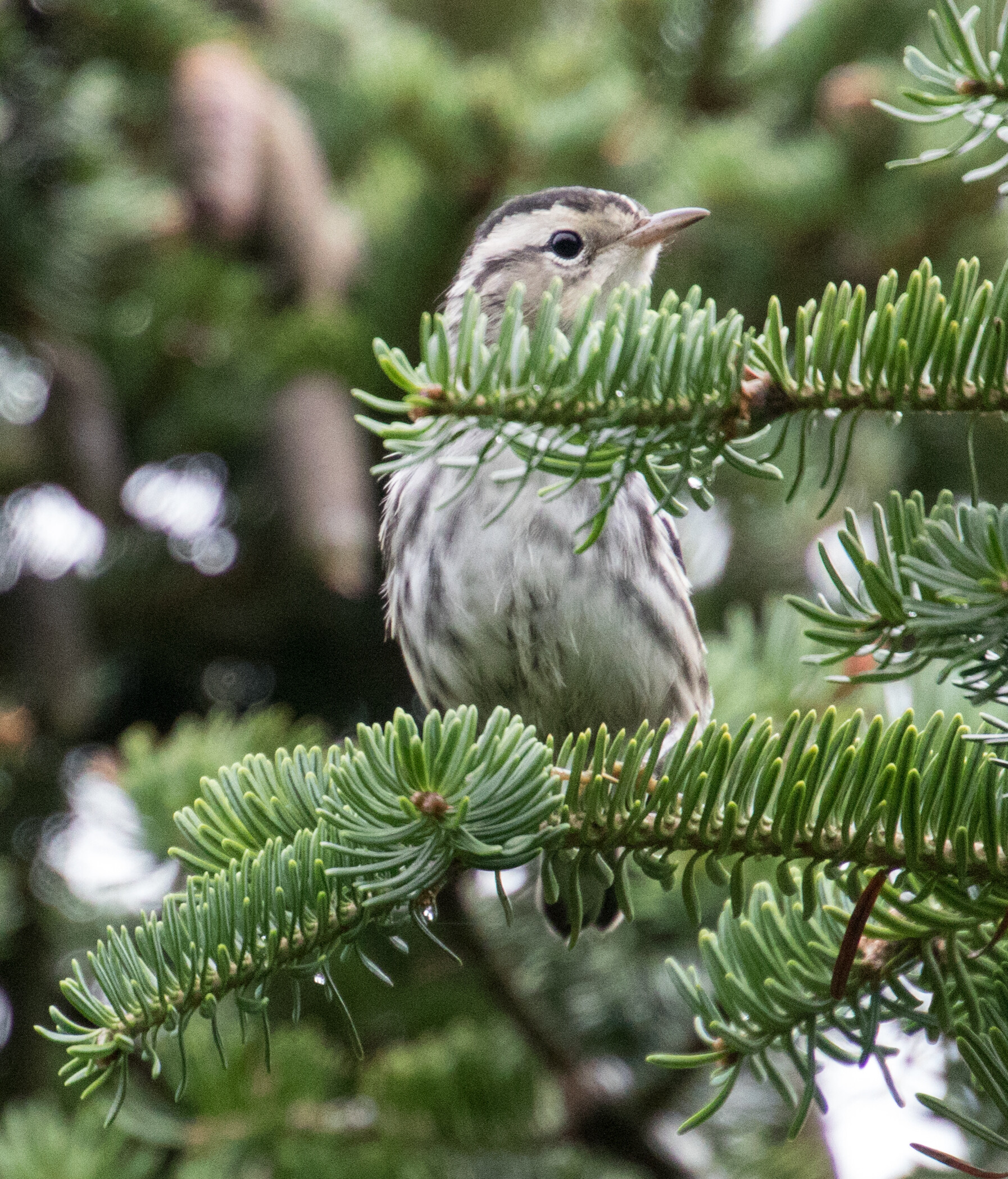



It was a hot summer in NY - where can we go that cooler? How about Newfoundland and Labrador. Will we spot a Labrador Duck? Probably not, since they've been extinct for 150 years. We see other wildlife, including puffins and visit the 4 area World Heritage Sites on our 15 day, 3740km travel adventure.
We hopped a flight to St. Johns and spent our first night at the Whale House Guesthouse near Tinkers Point. The place had a gigantic room with nice views when it wasn't foggy. We headed south the next morning for a tour of the Mistaken Point World Heritage Fossil Site.
Here begins our photo tour and trip log. Click on the individual sections for our travel-log
and more photos than you probably want to look at.
The Mistaken Point fossil site is located at the south-eastern tip of the island of Newfoundland. These fossils are of the oldest, complex multicellular life forms found anywhere on earth. Visits to the site are only available by guided tour - booked in advance. We lucked out and our scheduled tour date had excellent weather, and our ranger guide, Edwina, was excellent.



 Our next goal was to get to the 1000 puffins on Elliston's Puffin Island in
Bonavista. We made a few stops along the way. The town of
Salmonier on the map
caught our attention, we are "the salmons" after all. Near Salmonier we took
a lovely walk in Father Duffy's woods, found a
geocache,
and heard many kinglets in the woods.
Our next goal was to get to the 1000 puffins on Elliston's Puffin Island in
Bonavista. We made a few stops along the way. The town of
Salmonier on the map
caught our attention, we are "the salmons" after all. Near Salmonier we took
a lovely walk in Father Duffy's woods, found a
geocache,
and heard many kinglets in the woods.
Drive, drive, drive, and we make it to Trinity in late afternoon. Trinity is a picturesque town where The Shipping News was filmed. The town is older, but its historic buildings are mostly from the 1880s. We took time to visit the mercantile building and Hiscock house. Ms. Hiscock was the post mistress for a while, and had a bank in her home for a time.
We walked up to the summit of Gun Hill overlooking Trinity Harbour. We had an excellent dinner at the Twine Loft restaurant before driving on to Seaport Inn in Port Union. (click to see more Trinity photos)


The Atlantic Puffin is the official bird of Newfoundland and Labrador.
The Elliston Puffin Site in Bonavista is one of the closest land views of
puffins in North America. The small island is just a stone's throw from the mainland,
and after a short walk we sat and enjoyed the puffins for a couple of hours.
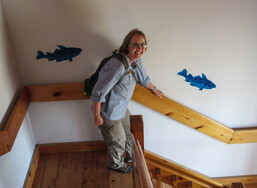
After getting our morning puffin fill, we took in some of the other nearby attractions on the Bonavista Peninsula including Dungeon Provincial Park and the Bonavista Lighthouse. We learned that John Cabot landed here. Also, that Elliston is the root cellar capital of the world.
After an excellent lunch at Miflins Tea House, we recommend the Fisherman's Brewis (pronounced like bruise), we visited the Ryan House Fish Wharf Museum. We were the only visitors, and were able to take it all in with a self-guiding tour. Afterwards, we re-visited the puffins again before dinner. (click to see more Bonavista photos)
(click to see more puffin photos)
We broke up the next section of our trip with stops at Terra Nova National Park,
Gander, and the Salmonid Interpretation Centre in Grand-Falls Windsor.
Highlights included a life bird, the Spruce Grouse, seen in Terra Nova NP and our
first taste of poutine at Rosies diner in Gander.
The variety of geologic features in Gros Morne illustrate
some of the world's best examples of plate tectonics.
It's an area of exceptional natural beauty with jaw-dropping fjords, verdant forests,
and windswept shores. Anadromous Atlantic salmon and arctic char are found in park waters.
We crossed to Labrador on the
St. Barbe - Blanc Sablon Ferry which connects Newfoundland with Labrador on the Strait of
Belle Isle in the Gulf of St. Lawrence. For convenience to get an early morning ferry we spent
the night nearby at the hotel St. Genevieve which allowed us time to visit the
Thrombolites.
The next morning, after the 2-hour ferry crossing, we headed to the World Heritage Red Bay Basque Whaling Station
in Labrador. Along the way we visited Point Amour Lighthouse.
Keeping an eye out for Labrador Ducks now!
Red Bay Basque Whaling Station is an outstanding example of the
tradition of whale hunting established by the Basques in the 16th century.
During the 1980s, archaeologists uncovered the remains of many structures
where the Basques had lived and worked. These are the earliest, most complete
and best preserved Basque whaling site found anywhere in the world.
After an hour in Quebec (the ferry terminal is over the Quebec/Labrador border) and
just enough time to find one
Quebec geocache,
we took the ferry back to Newfoundland and headed to the northern tip for a visit
to St. Anthony and the remaining
World Heritage Site, L'Anse aux Meadows.
We had a room at the Wildberry B&B - imagine The Shining meets National Lampoon.
L'Anse aux Meadows was one of the first 12 sites designated as a
World Heritage Site in 1978.
The site has the first historic traces of a European presence in the Americas.
A Norwegian team in 1960, led by Helge and Anne Stine Ingstad
discovered the site while searching for remains of the Norse settlement
described in the Vinland Sagas.
We had over 1000 km and 2 days to get back to St. Johns for the final leg of our trip.
Of course, we had to detour to the site of the first Transatlantic Cable in Heart's
Content. We passed through Heart's Delight and Heart's Desire along the way.
Our final day in Newfoundland was spent in a birding extravaganza near St. Johns with
the help of local guide, Jared Clarke.
We began at Cape Spear, the Eastern most point in North America.
(geocache)
We spotted a White-rumped Sandpiper, a first for us in North America, but
subsequently saw one two days later close to home in Jamaica Bay.
We did more birding at Second Pond, and Goulds Bidgood Park before heading south to
Witless Bay Ecological Reserve. We took O'Briens Boat trip out of Bulls Cove to
Gull Island and saw 10,000 puffins, 2,000 common murre, 5,000 black-legged kittiwakes,
and a new life bird for us, a thick-billed murre.
(click to see more bird photos)
That's all folks. We ended our journey having put 3740km on the rental car.
We added 3 life birds to our
bird list:
And visited
4 more World Heritage Sites:
Come from Away


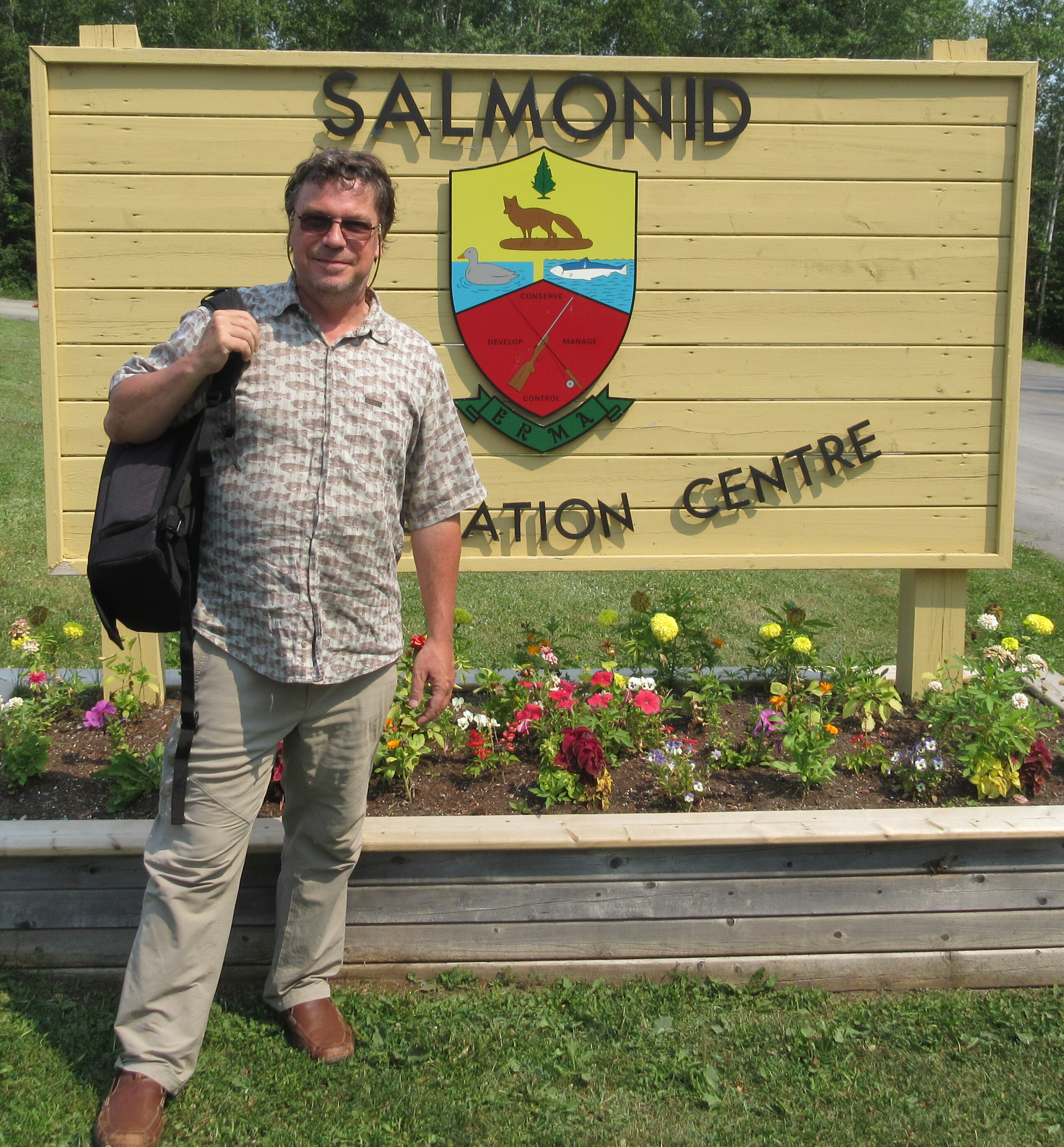

World Heritage Gros Morne National Park

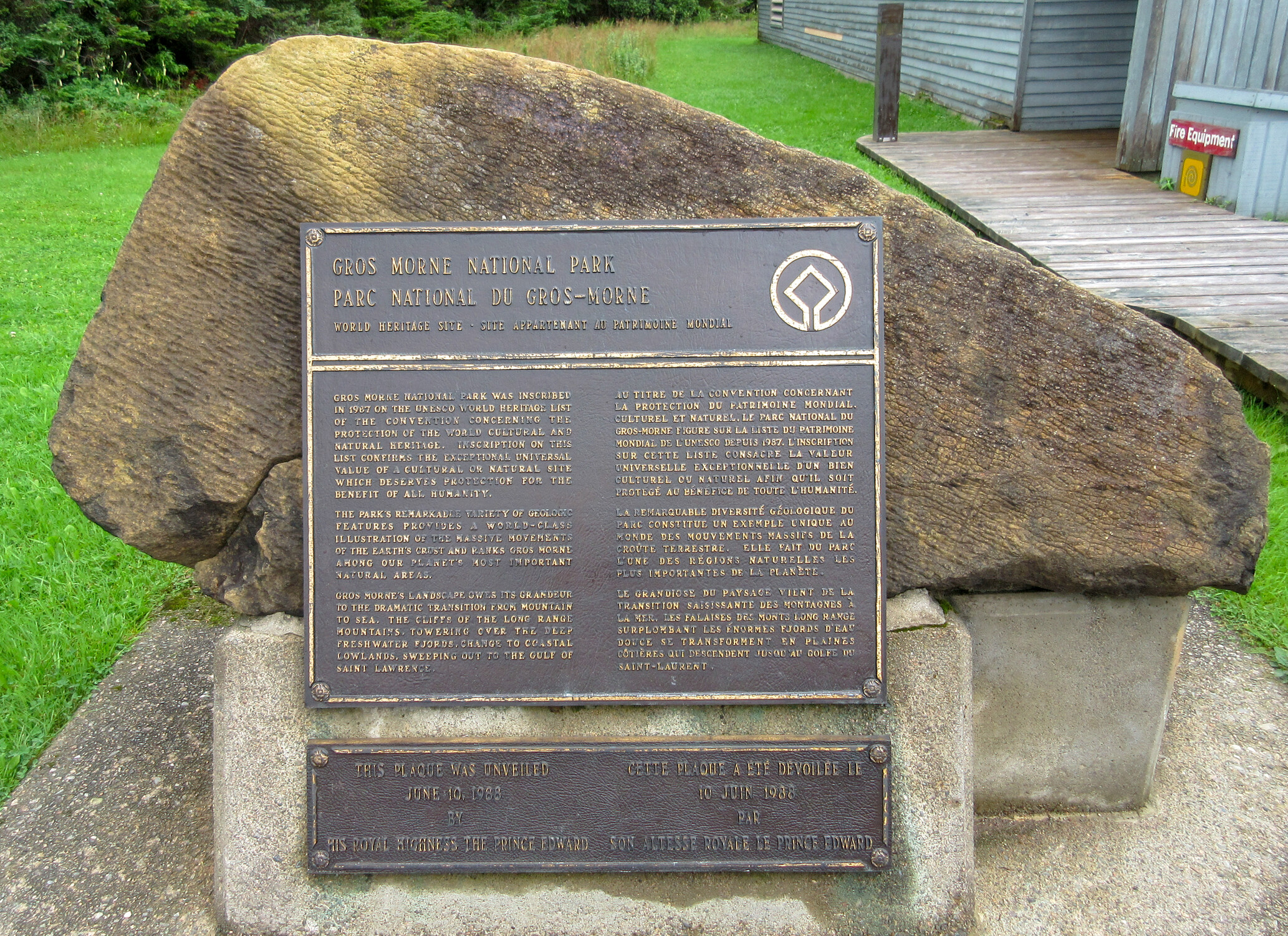


Labrador
Red Bay Basque Whaling Station World Heritage
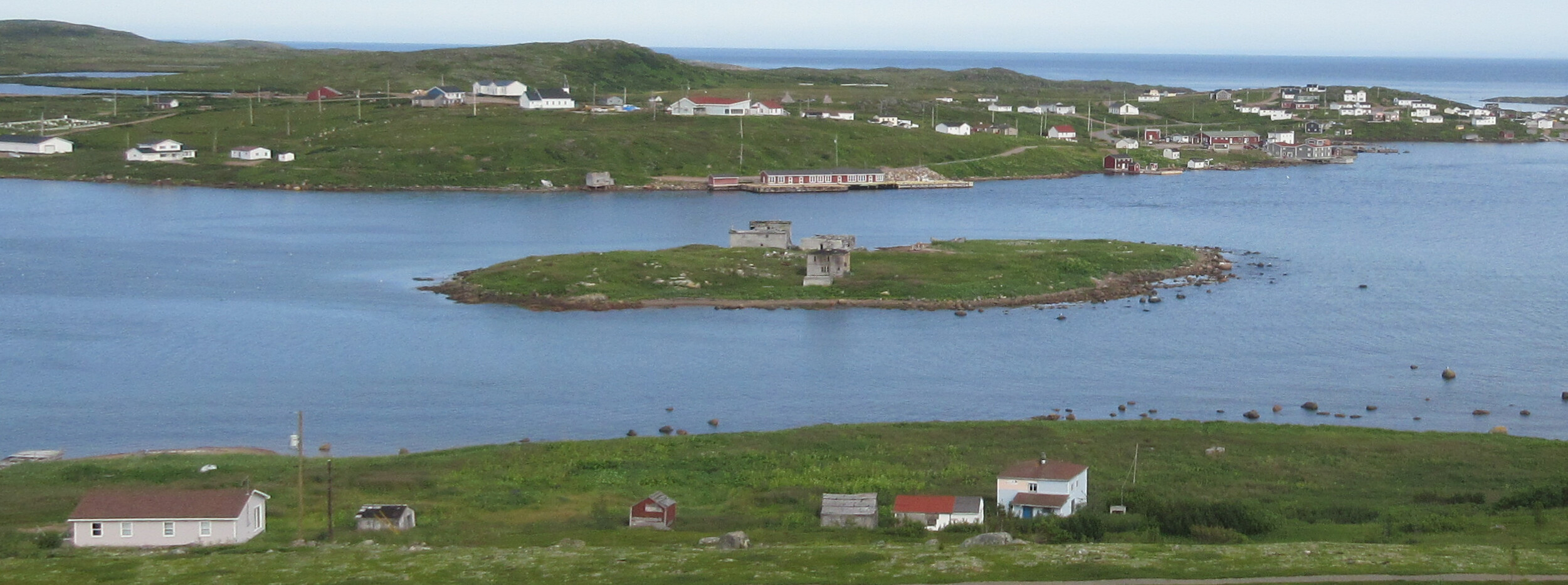
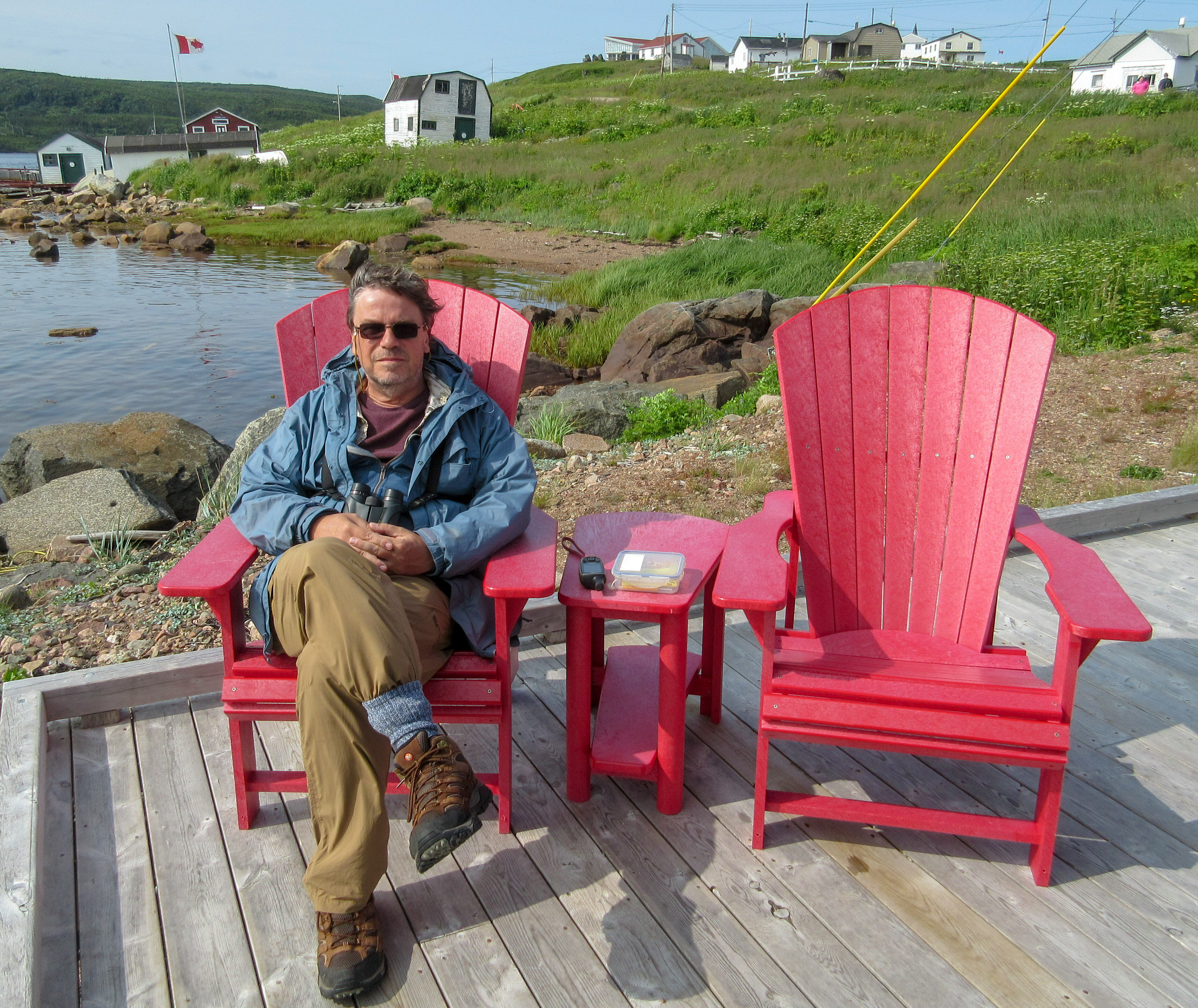

St. Anthony
L'Anse aux Meadows World Heritage Site




Heart's Content
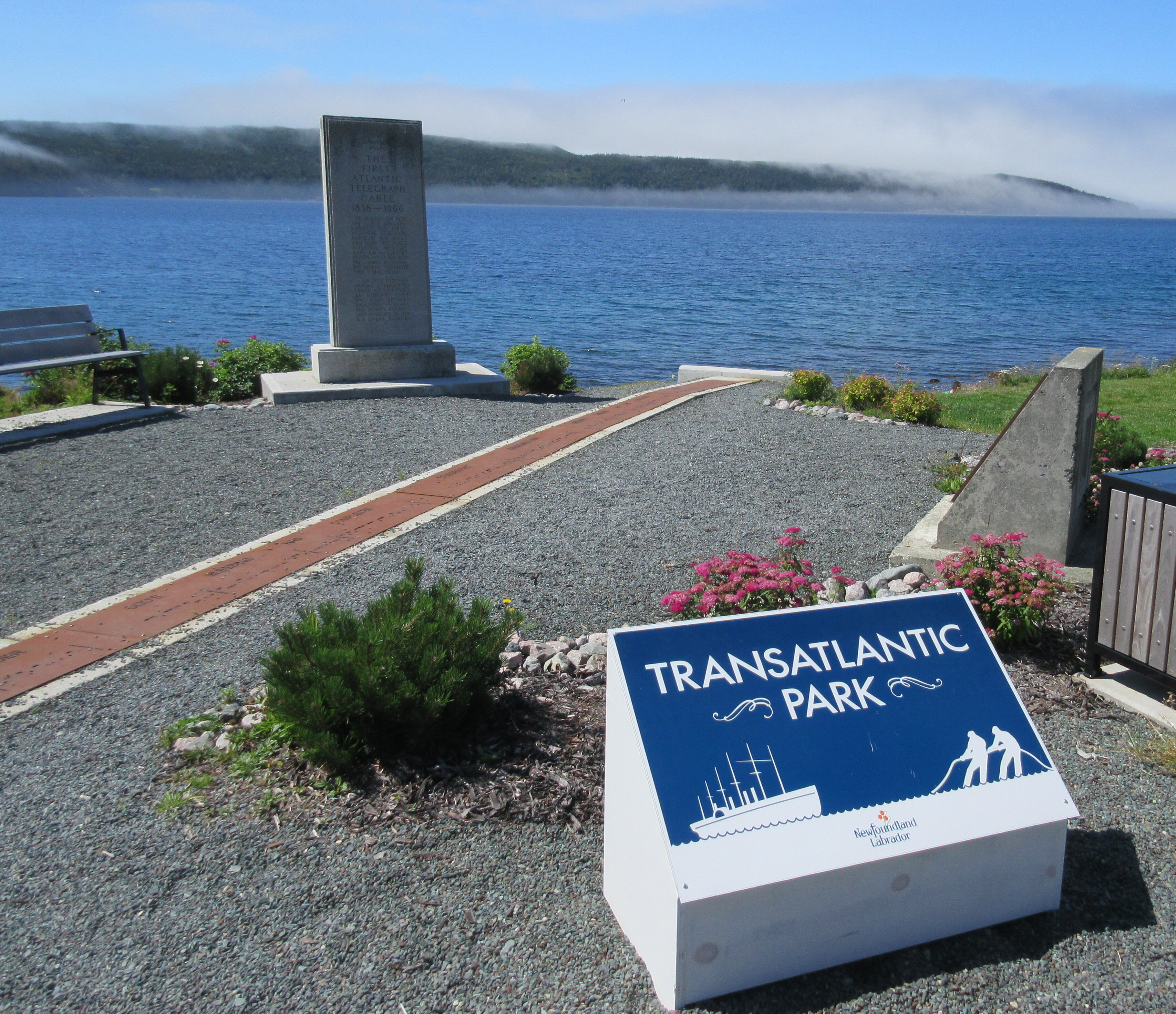
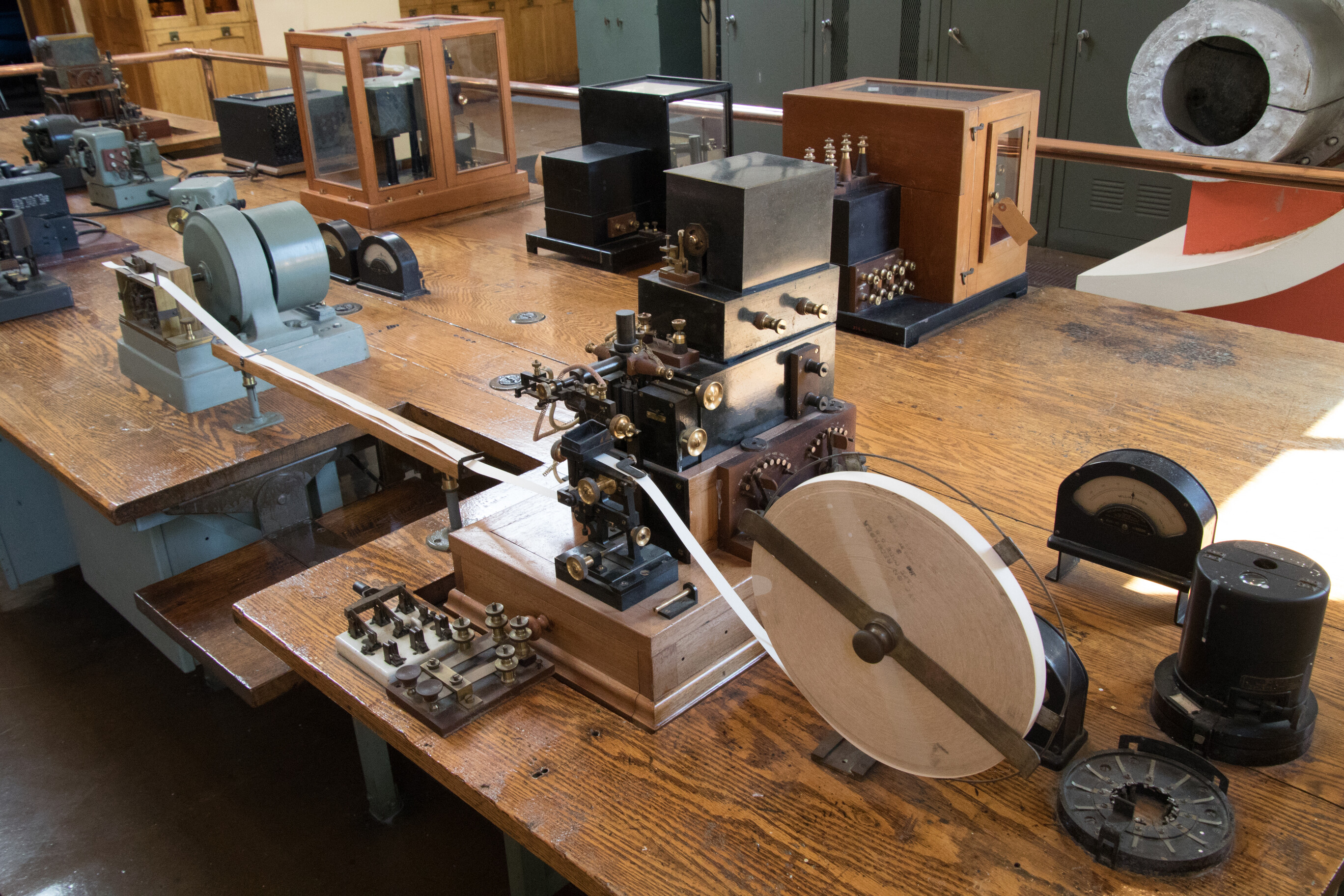

Birding in Newfoundland


